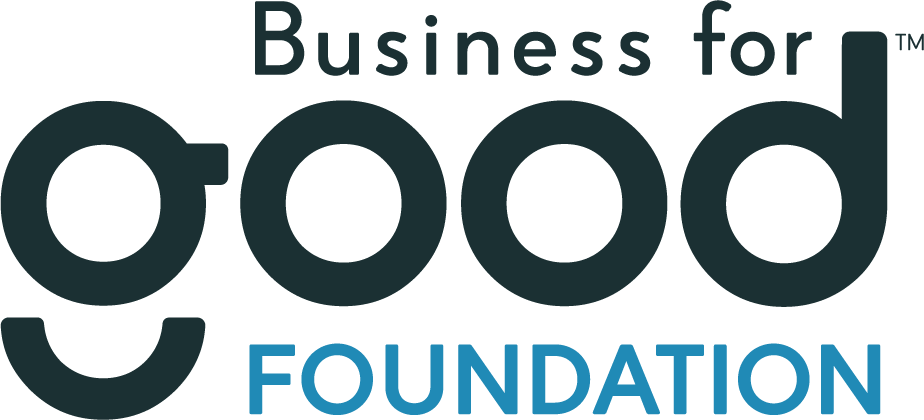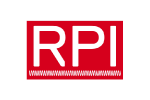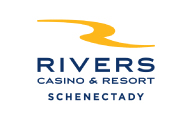News
January 22, 2020Leave Behind Narcan Program Aims to Improve Safety of People at Risk for Opioid Overdose
The Regional Emergency Medical Organization (REMO) has recently initiated a Leave Behind Naloxone (Narcan) program within the Capital Region in an effort to improve access to care, treatment and recovery for people battling opioid addiction. REMO supports and oversees the Capital Region’s Emergency Medical Services Systems. The multi-faceted effort in the Capital Region to overcome opioid addiction includes the community use of Naloxone. The use of Overdose Response Kits has been proven to decrease patient mortality and morbidity in our community by reducing the “down-time” of overdose patients, decreasing rates of hospitalization, as well as the incidence of costly long-term care. New York State initiated the use of Overdose Response Kits for Law Enforcement to decrease the time of administration in the event police arrive on a scene of an overdose prior to EMS. Overdose Response Kits are also available at participating pharmacies for individuals at risk or their family members. Now the Leave Behind Narcan program is another great way to improve the safety of people that are at risk for opioid overdose. EMS providers have a unique opportunity to interact with at risk individuals and to distribute Overdose Response Kits, which can save lives.
The Leave Behind Narcan program allows EMS providers who have responded to an individual experiencing an opioid-related overdose, or someone they believe may be otherwise at risk of opioid overdose, to leave behind an Overdose Response Kit. The kit includes a single dose of Naloxone and will be left with either the at risk person or with family members, friends, etc. EMS will provide instruction on use and will stress that persons MUST call 911 in addition to administering Naloxone as the effects of the opioids may still be present after the initial Naloxone dose wears off. The Kit also includes contact information for available treatment and recovery services. The New York State Department of Health is supplying the Overdose Response Kits. The distribution of the kit is not the solution to the overdose crisis, but it serves as a mechanism to begin the conversation of access to care, treatment, and recovery.


























